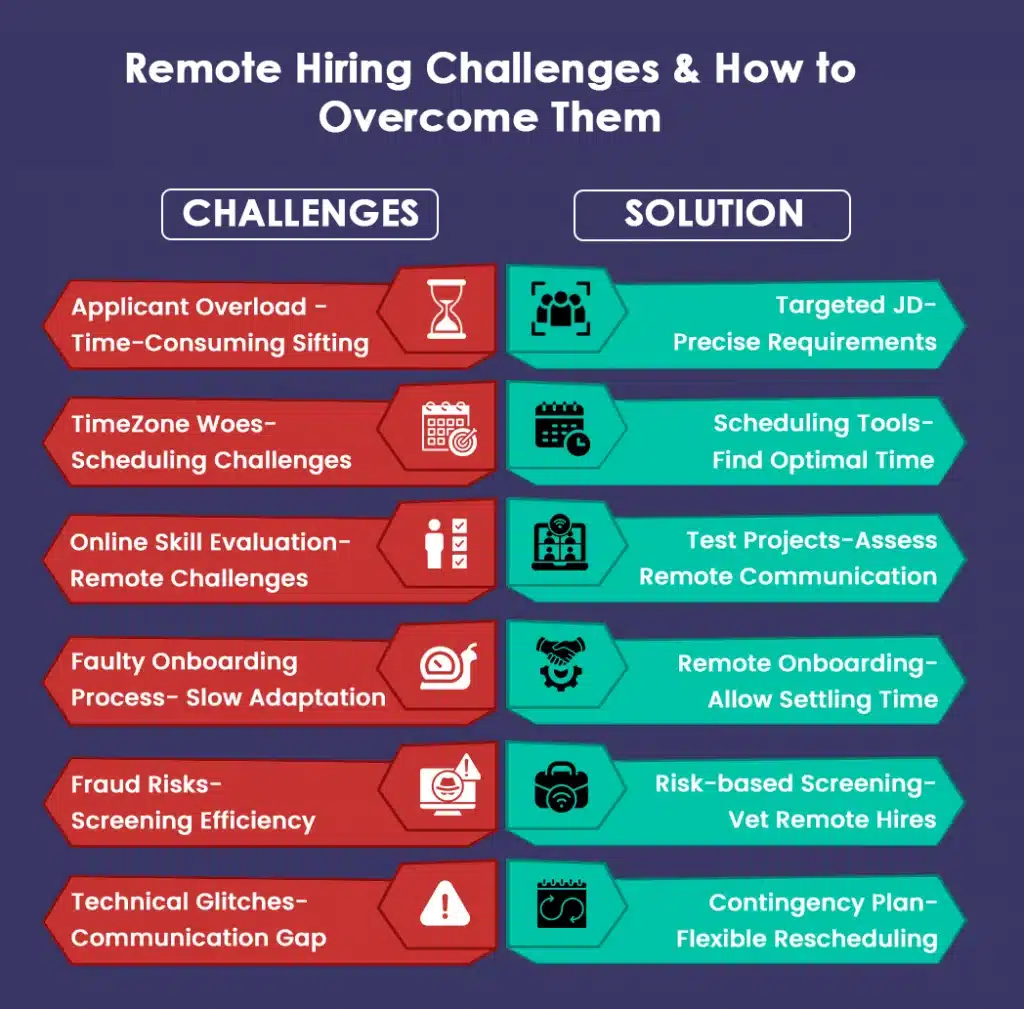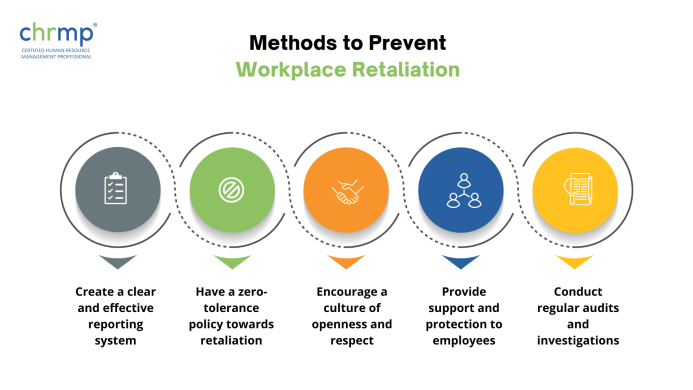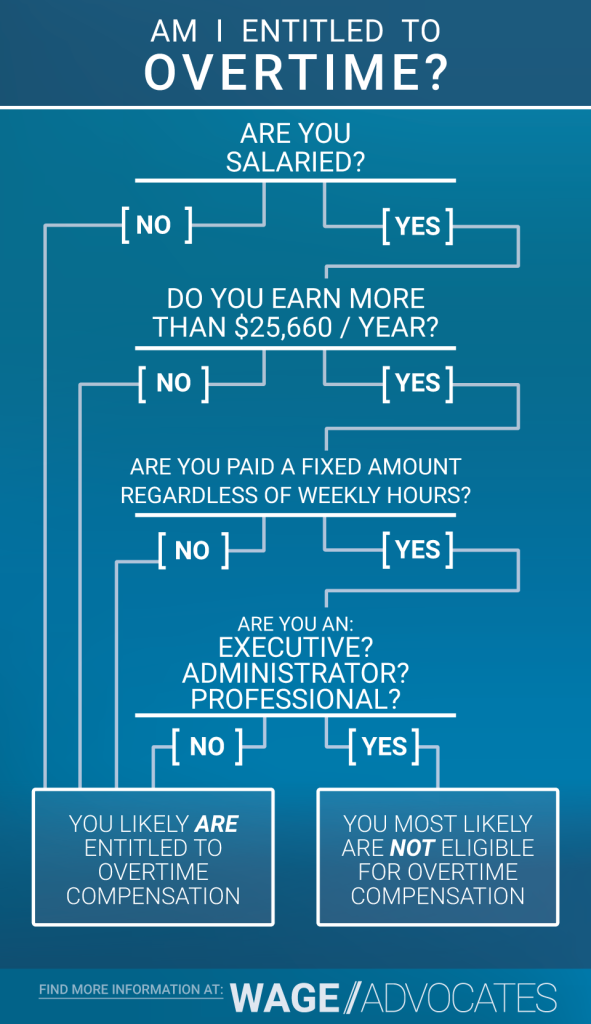
In today’s rapidly evolving world, the traditional office model is becoming a thing of the past for many businesses. Remote work has surged, bringing with it a new frontier for talent acquisition: remote hiring. This isn’t just a temporary trend; it’s a fundamental shift in how companies find, interview, and onboard their teams.
But while remote hiring opens up a world of possibilities, it also comes with its unique set of challenges. This comprehensive guide will walk you through the ins and outs of remote hiring, exploring both the hurdles and the practical solutions to overcome them, making it easy for even beginners to understand.
Mastering Remote Hiring: Navigating Challenges & Unlocking Global Talent
Remote hiring, also known as virtual recruitment or distributed talent acquisition, is the process of recruiting and onboarding employees who will work from locations outside a traditional office setting. This can mean hiring someone in a different city, state, or even a different country.
Why the Shift to Remote Hiring? The Benefits!
Before we dive into the challenges, let’s quickly understand why so many companies are embracing remote hiring:
- Access to a Global Talent Pool: No longer limited by geography, companies can find the best person for the job, anywhere in the world.
- Reduced Overhead Costs: Less need for large office spaces, utilities, and other physical infrastructure.
- Increased Diversity and Inclusion: Tapping into a wider talent pool naturally leads to more diverse teams.
- Improved Employee Satisfaction: Many employees value the flexibility and autonomy remote work offers, leading to higher retention rates.
- Business Continuity: Remote teams can continue working even during unforeseen events (like pandemics or natural disasters).
The Top Challenges of Remote Hiring
While the benefits are clear, remote hiring isn’t without its complexities. Let’s break down the main challenges:
1. Attracting the Right Remote Talent
- Standing Out in a Remote-First World: Many companies now offer remote roles. How do you make your job listing and company culture attractive to top remote candidates?
- Defining Remote Roles Clearly: It can be tricky to describe a role that doesn’t have a physical location or traditional office interactions.
- Filtering a Larger Applicant Pool: With a global reach, you might receive hundreds or thousands of applications, making it hard to find qualified candidates.
2. Assessing Skills and Culture Fit Virtually
- Lack of In-Person Cues: It’s harder to gauge body language, personality, and natural interaction when you’re not in the same room.
- Verifying Technical Skills: How do you ensure a candidate truly has the coding, design, or writing skills they claim when you can’t observe them directly?
- Assessing Remote Work Readiness: Not everyone thrives in a remote environment. You need to identify candidates who are self-motivated, organized, and excellent communicators.
- Evaluating Culture Fit Remotely: How do you know if someone will genuinely align with your company’s values and work style when interactions are limited to screens?
3. Communication and Logistics during the Hiring Process
- Scheduling Across Time Zones: Coordinating interviews with candidates in different parts of the world can be a logistical nightmare.
- Technology Glitches: Video call dropouts, poor audio, or internet issues can disrupt interviews and create a poor candidate experience.
- Maintaining Candidate Engagement: It can be harder to keep candidates excited and engaged throughout a remote hiring process that might feel less personal.
- Ensuring Consistent Interviewing: Without in-person training, it’s challenging to ensure all interviewers are asking the right questions and assessing candidates consistently.
4. Onboarding New Remote Hires Effectively
- Lack of Physical Presence: New hires can’t just walk over to a colleague’s desk for a quick question or pick up their laptop from IT.
- Building Connections and Culture: It’s harder to foster a sense of belonging and team camaraderie when new hires aren’t meeting colleagues in person.
- Information Overload: Without a physical guide, new hires might feel overwhelmed by digital documents, tools, and processes.
- Providing Necessary Equipment: Shipping laptops, monitors, and other equipment securely and on time to various locations.
5. Legal and Compliance Complexities
- Understanding Local Labor Laws: Hiring across state or national borders means dealing with different employment laws, tax regulations, and benefits requirements.
- Payroll and Benefits Management: Setting up payroll and providing benefits that comply with local regulations in various regions can be complex.
- Data Privacy and Security: Ensuring candidate and employee data is handled securely and in compliance with international privacy laws (like GDPR).
Solutions to Remote Hiring Challenges: Your Roadmap to Success
Now that we understand the hurdles, let’s explore practical and effective solutions to overcome them.
Solution 1: Optimize Your Remote Employer Brand and Reach
- Clearly Define Remote-Friendly Roles:
- Action: In job descriptions, specify that the role is remote, mention time zone preferences (if any), and highlight the benefits of working remotely for your company.
- Tip: Use keywords like "work from anywhere," "remote-first," "distributed team" in your listings.
- Showcase Your Remote Culture:
- Action: Use your career page, social media, and even job descriptions to highlight how your company supports remote employees. Share testimonials, photos (of remote team activities), and details about your remote perks.
- Example: "We offer flexible hours, a home office stipend, and regular virtual team-building events!"
- Leverage Specialized Job Boards:
- Action: Post openings on remote-specific job boards (e.g., Remote.co, We Work Remotely, FlexJobs) in addition to general platforms.
- Engage in Online Communities:
- Action: Participate in online forums, LinkedIn groups, and virtual events where remote professionals gather.
Solution 2: Implement Robust Virtual Assessment Tools and Strategies
- Standardized Virtual Interview Process:
- Action: Develop a clear interview script and scoring rubric for all interviewers. This ensures consistency and fairness.
- Tip: Train interviewers on how to effectively read virtual cues and ask questions that reveal remote work suitability.
- Utilize Video Interviewing Platforms:
- Action: Use reliable platforms like Zoom, Google Meet, or Microsoft Teams for live interviews.
- Advanced: Consider asynchronous video interviews (one-way interviews) for initial screening. Candidates record answers to pre-set questions, saving time for both parties.
- Skills Assessments and Technical Tests:
- Action: Implement online coding challenges (e.g., HackerRank), writing tests, or project-based assignments relevant to the role.
- Benefit: These provide objective data on a candidate’s actual abilities.
- Behavioral and Situational Questions:
- Action: Ask questions that reveal a candidate’s self-discipline, communication style, and problem-solving skills in a remote context.
- Example: "Describe a time you had to complete a task with minimal supervision. How did you stay organized?" or "How do you prefer to communicate with your team on a daily basis?"
- Reference Checks and Portfolio Reviews:
- Action: Thoroughly check references, specifically asking about a candidate’s remote work habits, reliability, and communication. Review portfolios for creative roles.
Solution 3: Streamline Communication and Logistics with Technology
- Invest in a Strong Applicant Tracking System (ATS):
- Action: An ATS helps manage large volumes of applications, track candidate progress, and automate communications.
- Benefit: Keeps your hiring process organized and efficient.
- Use Scheduling Tools:
- Action: Implement tools like Calendly or HubSpot Meetings to allow candidates to book interview slots that work for their time zone, eliminating back-and-forth emails.
- Clear Communication Guidelines:
- Action: Provide candidates with clear instructions for each stage of the process, including technology requirements and who to contact if issues arise.
- Tip: Send reminders before interviews.
- Dedicated Communication Channels:
- Action: Use tools like Slack or Microsoft Teams for internal hiring team communication to ensure everyone is on the same page.
- Virtual "Coffee Chats" (Optional):
- Action: Offer informal virtual chats with team members to give candidates a better feel for the company culture and team dynamics.
Solution 4: Develop a Comprehensive Remote Onboarding Program
- Pre-boarding (Before Day One):
- Action: Send a welcome kit (company swag, welcome letter, relevant documents). Provide access to necessary software accounts and training materials.
- Tip: Send a clear onboarding schedule so they know what to expect.
- Dedicated Onboarding Buddy System:
- Action: Assign a colleague (not their direct manager) to act as a "buddy" who can answer informal questions and help the new hire integrate socially.
- Structured Virtual Onboarding Sessions:
- Action: Schedule dedicated video calls for introductions to key team members, HR policies, IT setup, and company tools. Break these into manageable chunks.
- Tools: Use shared documents (Google Docs, Notion) for onboarding checklists and resources.
- Equipment and Software Provisioning:
- Action: Ship pre-configured laptops and necessary equipment directly to the new hire’s home. Ensure IT support is readily available for setup.
- Regular Check-ins and Feedback:
- Action: Schedule frequent one-on-one meetings with the manager in the first few weeks/months. Encourage open communication and feedback.
Solution 5: Navigate Legal and Compliance with Expert Support
- Consult Legal and HR Experts:
- Action: If you’re hiring internationally, work with legal counsel specializing in international employment law.
- Benefit: Ensures you comply with local regulations regarding contracts, taxes, benefits, and data privacy.
- Consider Professional Employer Organizations (PEOs) or Employers of Record (EORs):
- Action: For international hiring, PEOs/EORs act as the legal employer in a foreign country, handling payroll, benefits, and compliance for you.
- Benefit: Simplifies complex international hiring processes significantly.
- Standardize Remote Work Agreements:
- Action: Develop clear remote work policies that cover expectations, communication, work hours, data security, and equipment usage.
- Stay Updated on Regulations:
- Action: Labor laws can change. Regularly review your remote hiring and employment policies to ensure ongoing compliance.
Best Practices for Long-Term Remote Hiring Success
Beyond the solutions for specific challenges, here are some overarching best practices:
- Be Remote-First in Mindset: Don’t just tolerate remote work; embrace it. Design your processes and culture around remote collaboration.
- Invest in Technology: From ATS and video conferencing to project management and communication tools, the right tech is crucial.
- Prioritize Communication: Over-communicate, be transparent, and foster an environment where asking questions is encouraged.
- Focus on Outcomes, Not Hours: Trust your remote employees to manage their time effectively and deliver results.
- Continuously Learn and Adapt: The remote landscape is always evolving. Gather feedback from candidates and employees to refine your processes.
Conclusion: Embracing the Future of Work
Remote hiring is more than just a temporary fix; it’s a strategic advantage for businesses looking to access top talent, reduce costs, and build resilient, diverse teams. While it presents unique challenges, with the right strategies, tools, and a commitment to effective communication, any organization can master the art of virtual recruitment.
By understanding the hurdles and implementing the solutions outlined above, your company can confidently navigate the remote hiring landscape, unlock a global pool of talent, and thrive in the future of work. Embrace the change, and watch your possibilities expand!




Post Comment